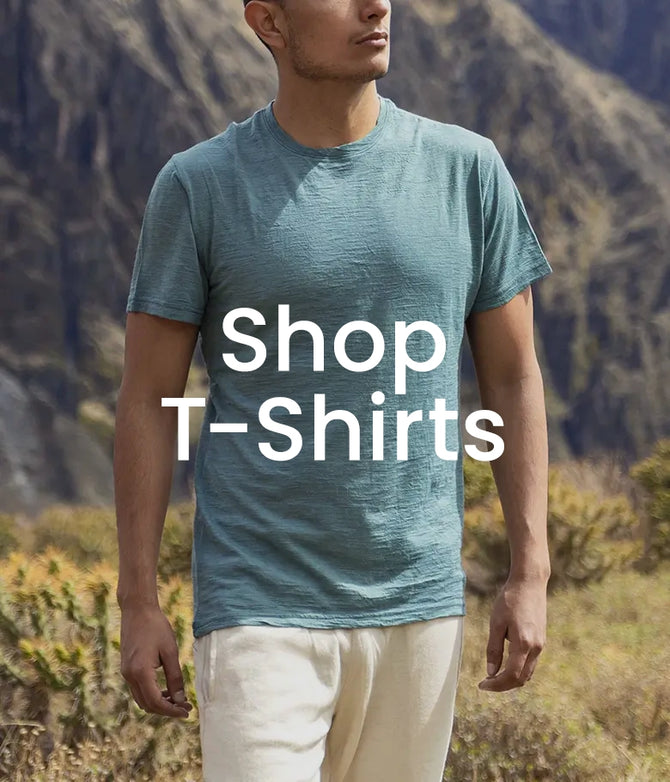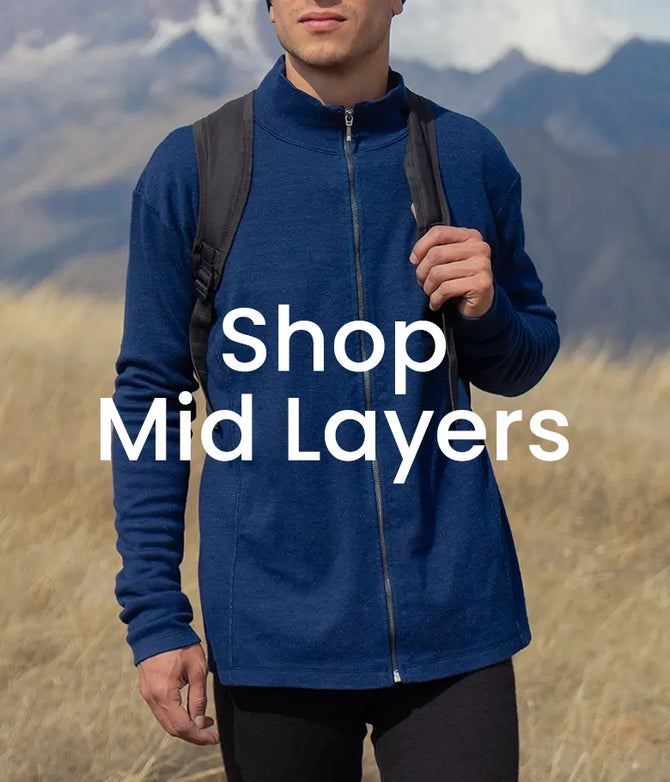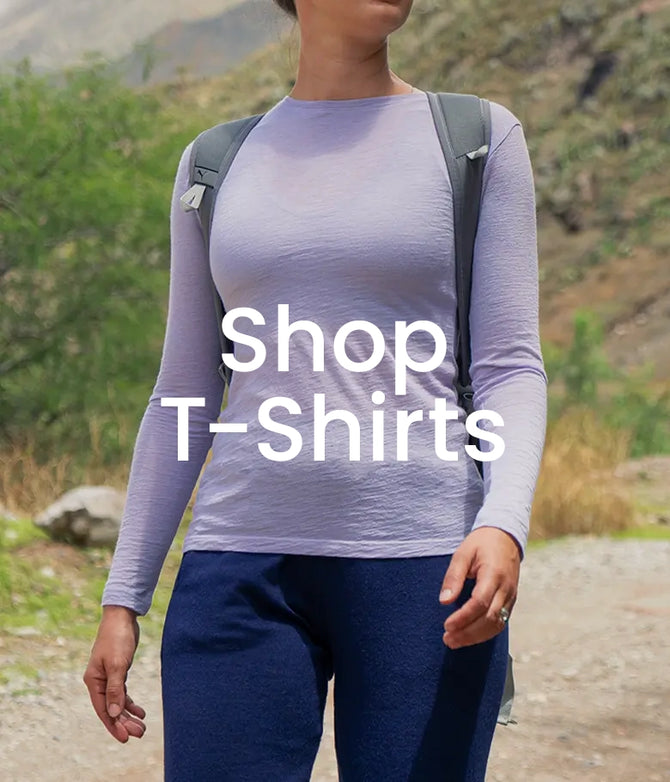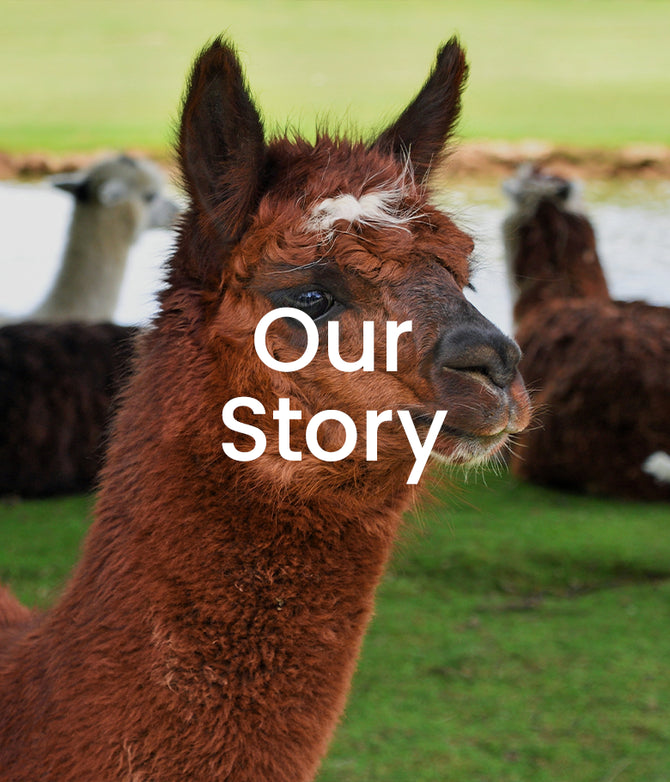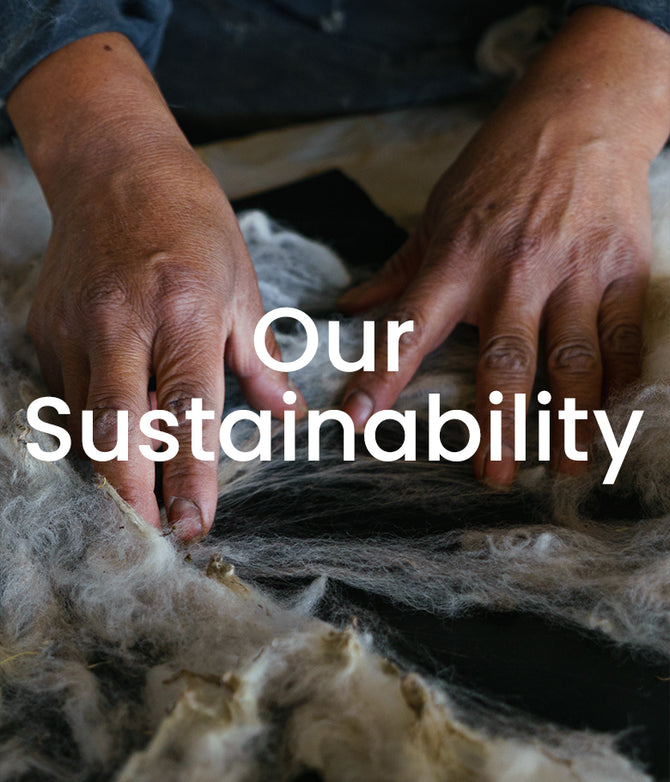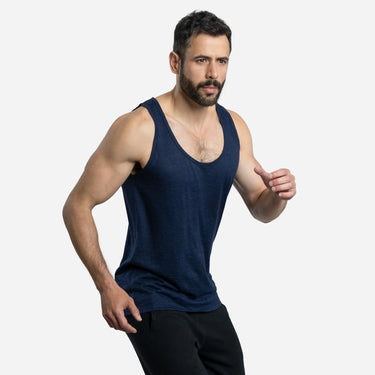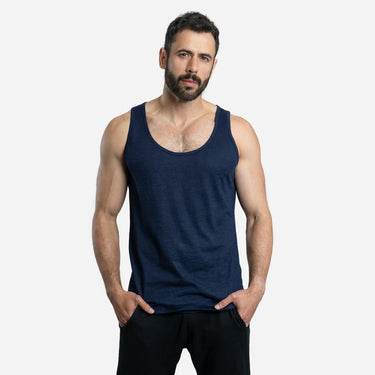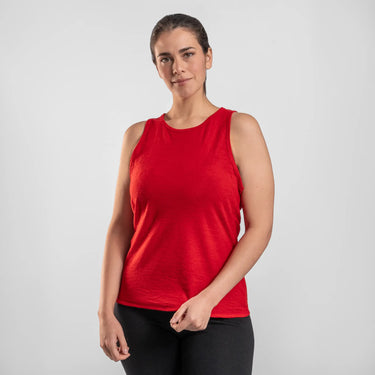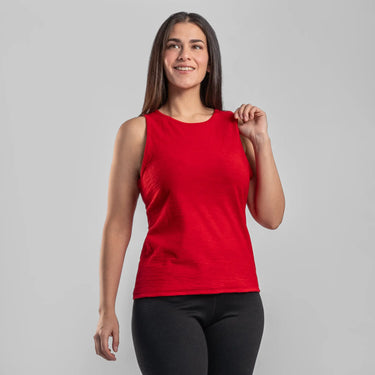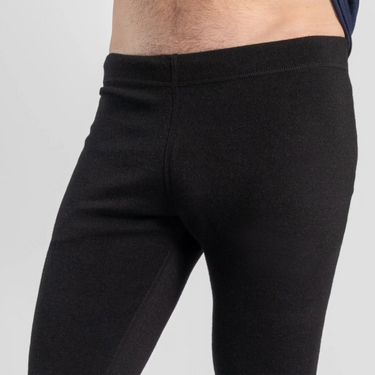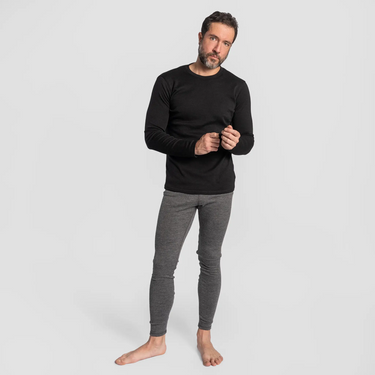World Environmental Education Day:
Learning Through Hiking and Sustainable Choices
Published Jan 26, 2025
Reading time: 4 minutes
Every year on January 26, World Environmental Education Day reminds us of the crucial role education plays in shaping a sustainable future. As climate change accelerates, ecosystems deteriorate, and pollution escalates, knowledge becomes one of the most powerful tools for action. However, true environmental education goes beyond classrooms—it thrives in real-world experiences like hiking, trekking, and outdoor exploration.
For outdoor enthusiasts, every hike is an opportunity to learn from nature, respect it, and minimize our impact. At Arms of Andes, we believe that embracing nature through adventure and choosing sustainable gear—like alpaca wool clothing—are essential steps toward environmental awareness and conservation.
Let’s explore how environmental education connects with hiking, sustainable fashion, and responsible choices in the outdoors.
What is Environmental Education?
Environmental education (EE) is more than just learning about recycling or conservation. It is about understanding the deep connection between human activities and ecosystems—how we impact nature and how nature, in turn, sustains us [1]. EE fosters knowledge, awareness, and action, equipping people with the skills to make responsible environmental decisions [2].
But education doesn’t just happen through books or lectures. Real environmental awareness comes from hands-on experiences in nature. Studies show that outdoor learning—such as hiking and trekking—deepens personal connections with the environment and encourages sustainable behaviors [3,4].
When people immerse themselves in nature, they:
- Develop a sense of responsibility for conservation.
- Understand the importance of protecting fragile ecosystems.
- Feel a stronger emotional bond with the environment, which increases their willingness to take action [4,5].
This is why hiking, trekking, and outdoor sports are powerful tools for environmental education.
Hiking as a Tool for Environmental Awareness
A research study explored how hiking contributes to environmental education [4]. The study found that direct exposure to nature while hiking increases ecological awareness and personal responsibility.
During a hike, people observe how the landscape changes, witness the impact of human activity on trails, and experience firsthand the fragility of ecosystems. Key insights from the study include:
- Understanding Nature’s Vulnerability
Experiencing different weather conditions (heat, snow, wind) during hikes teaches us how climate change is affecting ecosystems. - Recognizing Human Impact
Hikers see trail erosion, litter, and overuse of natural spaces, which increases their understanding of the need for conservation. - Hiking Builds Environmental Responsibility
The more time we spend outdoors, the more conscious we become of Leave No Trace principles—minimizing waste, respecting wildlife, and choosing eco-friendly gear.
By engaging in outdoor activities, adventurers become active participants in sustainability, rather than passive observers.

Fashion: A Silent Contributor to Environmental Damage
While hiking teaches us to respect nature, the clothing we wear on our outdoor adventures can either help or harm the environment. The fashion industry is one of the biggest polluters due to:
- Synthetic fabrics like polyester, nylon, and acrylic, which release microplastics into water systems when washed.
- High carbon emissions from fast fashion and long supply chains.
- Use natural options: Biodegradable shampoos, soaps, and detergents are better for the planet.
- Massive textile waste, with millions of tons of clothing ending up in landfills.
Choosing Alpaca Wool: A Sustainable Outdoor Solution
At Arms of Andes, we prioritize environmental education through action—by offering high-performance alpaca wool clothing that supports sustainability. Here’s why alpaca wool is the ideal choice for eco-conscious hikers:
- 100% Biodegradable – Unlike synthetics, alpaca wool naturally decomposes.
- No Microplastics: Since it’s a natural fiber, it won’t pollute waterways.
- Lightweight & Insulating: Perfect for hiking, offering warmth without bulk.
- Minimal Washing Required: Odor-resistant properties reduce water consumption.
By choosing natural, durable, and responsibly sourced clothing, outdoor enthusiasts reduce their environmental footprint and become part of the sustainability movement.

At Arms of Andes we make our gear from 100% Royal Alpaca Wool of 18-18.5 microns.
Half-ZipWomen's Alpaca Wool Joggers
300 LightweightMen's Alpaca Wool Long Sleeve Shirt
160 Ultralight

Relatedcontent
Bamboo:
A fast-growing plant often used for making sustainable products like toothbrushes and cutlery.
Biodegradable:
Materials that can break down naturally without harming the environment.
Bulk stores:
Shops where you can buy products in large quantities, often with minimal packaging.
Carbon footprint:
The total amount of greenhouse gases produced directly or indirectly by human activities.
Composting:
A process where organic waste decomposes into nutrient-rich material for gardening.
Ethically raised:
Livestock or poultry that is raised in humane and environmentally responsible ways.
Fast fashion:
Cheap, mass-produced clothing often linked to environmental and ethical issues.
Natural dyes:
Coloring substances derived from plants, animals, or minerals, used to color fabrics sustainably.
What Can You Do? Practical Steps Toward a Sustainable Outdoor Lifestyle
1. Hike with a Purpose
Turn your next hike into an educational experience:
- Learn about local ecosystems, plant life, and wildlife.
- Observe how human activity affects trails and nature.
- Follow Leave No Trace principles—pack out what you pack in.
2. Choose Sustainable Outdoor Gear
When selecting hiking gear, opt for
- Prioritize quality over quantity—invest in durable, long-lasting apparel.
- Support brands that practice ethical sourcing and low-impact production.
3. Advocate for Environmental Education
Share your knowledge with friends and fellow hikers.
- Support initiatives that promote conservation and sustainability.
- Encourage outdoor brands to adopt more eco-friendly production methods.
Learning from Nature to Protect It
Hiking is more than an adventure—it’s a classroom without walls, teaching us about sustainability, responsibility, and conservation. As World Environmental Education Day reminds us, education is the key to creating a future where humans and nature coexist harmoniously.
At Arms of Andes, we believe that every outdoor journey is an opportunity to learn, respect, and protect the planet. That’s why we craft sustainable alpaca wool clothing—so that nature lovers can explore responsibly, leave a lighter footprint, and become ambassadors for change.
As you gear up for your next adventure, ask yourself: Are my choices supporting the environment—or harming it?
Join us in making education, sustainability, and ethical outdoor fashion the new standard.


Glossarykeywords
Alpaca wool:
A natural, biodegradable fiber known for its insulation, breathability, and sustainability.
Biodegradable:
Materials that can break down naturally without harming the environment.
Carbon emissions:
The release of carbon dioxide (CO₂) into the atmosphere, contributing to climate change.
Conservation:
The protection and preservation of natural environments and wildlife.
Environmental education:
Learning about the relationship between human activity and nature to promote sustainable behavior.
Ecosystem:
A biological community of interacting organisms and their physical environment.
Fast fashion:
A production model that prioritizes cheap, mass-produced clothing, leading to high waste and pollution.
Hiking:
Walking long distances in nature, often as a recreational or educational activity.
Microplastics:
Tiny plastic particles released from synthetic materials, polluting water and harming wildlife.
Sustainability:
Meeting present needs without compromising the ability of future generations to meet theirs.
Synthetic fabrics:
Man-made textiles, like polyester and nylon, that contribute to pollution and microplastic waste.
Trail erosion:
The wearing away of hiking trails due to foot traffic and environmental factors.
Glossarykeywords
Alpaca wool:
A natural, biodegradable fiber known for its insulation, breathability, and sustainability.
Biodegradable:
Materials that can break down naturally without harming the environment.
Carbon emissions:
The release of carbon dioxide (CO₂) into the atmosphere, contributing to climate change.
Environmental education:
Learning about the relationship between human activity and nature to promote sustainable behavior.
Fast fashion:
A production model that prioritizes cheap, mass-produced clothing, leading to high waste and pollution.
Hiking:
Walking long distances in nature, often as a recreational or educational activity.
Microplastics:
Tiny plastic particles released from synthetic materials, polluting water and harming wildlife.
Trail erosion:
The wearing away of hiking trails due to foot traffic and environmental factors.
At Arms of Andes we use the finest Royal Alpaca Wool sourced in the Peruvian Andes. The Andean alpacas naturally developed over thousands of years in harsh conditions in high altitudes, creating the perfect fiber for outdoor gear that helps you stay protected in all conditions. Discover our outdoor apparel.

In the textile industry, companies that produce garments made entirely from Merino wool typically use fibers that are 17.5 microns or finer to minimize any itchiness or roughness, [4] ensuring comfort for their customers. A study conducted by the Division of Dermatology at the University of Louisville in 2019 evaluated the effects of wearing these garments on individuals with skin sensitivities, such as atopic dermatitis or eczema. In the study, 25 participants wore only Merino wool garments of 17.5 microns for six weeks and cotton garments of 21 microns for six weeks more, while another group of 25 followed the reverse order. Participants reported significant changes when switching from cotton to Merino wool, with those who started in Merino wool experiencing a decrease in their eczema during the first weeks. [4]
| Properties | Royal Alpaca Wool | Cashmere | Merino Wool |
|---|---|---|---|
| Weight | Lightest | Light | Heavier |
| Fiber Structure | Semi-Hollow | Solid | Solid |
| Thermal Capacity | 5 x Warmer | 3 x Warmer | Warm |
| Water Retention | Absorbs 10% of weight | Shrinks in water | Absorbs 10%
of weight |
| UV Protection | Yes | Yes | Yes |
| Fiber Scales | Smoothest | Softest | Prickly |
| Microns (average) | 17.5 | 14 | 18 |
| Tensile Strength | Highest | Weak | High |
| Odor Resistance | Yes | Yes | Yes |
| Wrinkle Resistance | Yes | Yes | Yes |
| Hypoallergenic (Lanolin free) | Yes | Yes | No |
The Final Verdict: And the Winner Is...
After a comprehensive analysis of alpaca, merino, and cashmere, it's clear that cashmere, while undeniably luxurious, lacks the durability required for outdoor garments. However, it excels as a high-end fiber for special occasions and elegant attire.
In the head-to-head battle between alpaca and merino, alpaca emerges as the undisputed champion! Alpaca wool surpasses merino in warmth, lightness, softness, and strength. It's the ultimate choice for those seeking performance, comfort, and sustainability.
Alpaca wool (particularly the royal and baby alpaca fiber grades) is warm, and performs better than merino and other types of sheep's wool. This makes alpaca wool perfect for your outdoor clothing, slipper socks, and even underwear.

Alpaca wool (particularly the royal and baby alpaca fiber grades) is non-itchy, warm, and performs better than merino and other types of sheep's wool. This makes alpaca wool perfect for your outdoor clothing, slipper socks, and even underwear.

References:
[1] Stapp, W. B. (1969). The concept of environmental education. Environmental Education, 1(1), 30-31. https://doi.org/10.1080/00139254.1969.10801479
[2] Ardoin, N. M., & Bowers, A. W. (2020). Early childhood environmental education: A systematic review of the research literature. Educational Research Review, 31, 100353.
[3] Sellmann, D., & Bogner, F. X. (2013). Effects of a 1-day environmental education intervention on environmental attitudes and connectedness with nature. European journal of psychology of education, 28, 1077-1086.
[4] Ferreira, G. (1998). Environmental education through hiking: A qualitative investigation. Environmental Education Research, 4(2), 177-185.
[5] Kossack, A., & Bogner, F. X. (2012). How does a one-day environmental education programme support individual connectedness with nature?. Journal of Biological Education, 46(3), 180-187.


